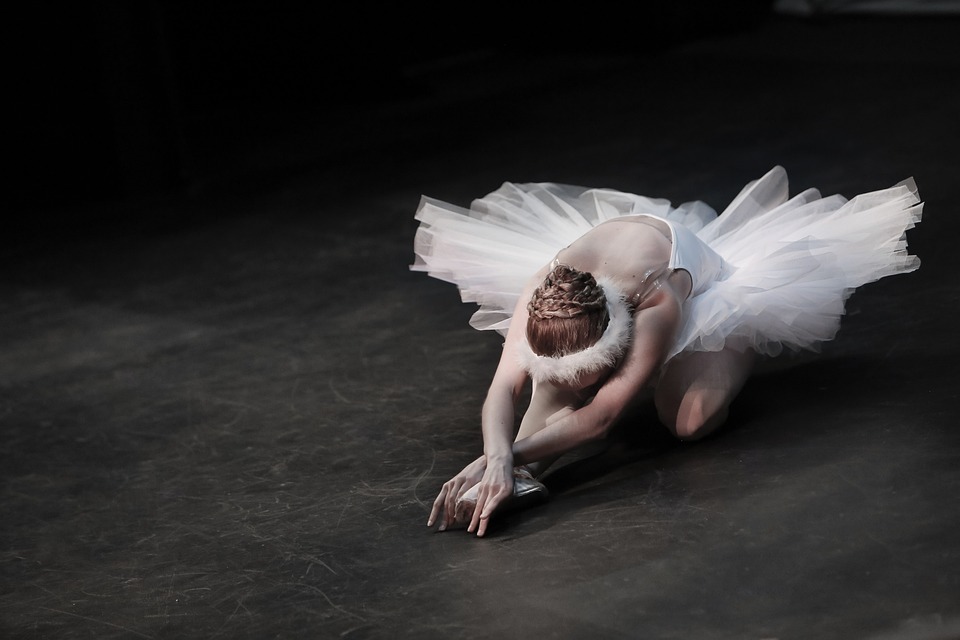Introduction
Dance is a universal form of expression that has been prevalent in various cultures and societies throughout history. Its roots can be traced back to ancient times, where dance was an integral part of religious, ritualistic, and celebratory events. Over the centuries, dance has evolved, diversified, and adapted to the changing times, becoming an influential art form that transcends boundaries and connects people across borders. In this article, we will embark on a journey through time, exploring the evolution and influence of dance, and how it has shaped societies and cultures.
The Beginnings: Prehistoric and Ancient Dance
Before the advent of written records, prehistoric humans used dance as a means of communication, storytelling, and ritualistic practices. Archaeological discoveries, such as cave paintings and artifacts, provide evidence of early forms of dance. These early dances were rooted in the natural elements of the environment and often imitated animal or natural movements, reflecting the connection between humans and their surroundings. Dance was not only a physical expression but also a spiritual and communal one, promoting a sense of unity among early human societies.
As civilization emerged, dance assumed a more structured and symbolic form. In ancient civilizations like Egypt, Mesopotamia, and Greece, dance played a significant role in religious ceremonies, festivals, and social events. Religious dances, such as the Egyptian ritual dances performed for the gods, were believed to embody divine blessings and communicate with the spiritual realm. Greek dramas often included dance sequences, known as choruses, which conveyed emotions and narrated stories.
The Middle Ages: Dance in Medieval Europe
As the Middle Ages ushered in a new era, dance continued to evolve alongside the changing social, political, and cultural landscape of Europe. Dance in medieval times was deeply intertwined with social hierarchies and the various strata of society. It served as a form of entertainment and communication, reflecting the prevailing social norms and values.
In the courts of kings and nobility, elaborate courtly dances emerged as a display of refinement, elegance, and grace. These dances were often accompanied by music, poetry, and intricate choreography, emphasizing the importance of courtly etiquette and manners. The Renaissance period witnessed the rise of ballet as a distinct art form, originating from the Italian courts and later flourishing in the French and Russian royal courts.
The Renaissance and Baroque Eras: Dance as an Art Form
The Renaissance marked a turning point in the development of dance, with a renewed focus on artistic expression, creativity, and individuality. The emergence of the professional dancer and the establishment of dance academies contributed to the refinement and standardization of dance techniques and styles.
During the Baroque era, dance became an integral part of opera productions, blending with music and theater to create spectacular and extravagant performances. The French courtly dance style, exemplified by the renowned ballet master Jean-Baptiste Lully, found its way into the European courts, influencing dance forms across the continent.
The 19th Century: Ballet’s Golden Age and Folk Traditions
The 19th century witnessed the height of ballet’s popularity, with the establishment of major ballet companies and the emergence of iconic ballets that endure to this day. The Russian Imperial Ballet and its legendary choreographer Marius Petipa played a pivotal role in defining the classical ballet repertoire, fusing technique, storytelling, and visual spectacle.
Simultaneously, folk dances gained prominence as a means of preserving cultural heritage and connecting communities. Folk dance traditions across the globe, such as the flamenco in Spain, belly dance in the Middle East, and the American square dance, reflected regional customs, rituals, and values. They provided a platform for social interaction, celebration, and expression of cultural identity.
The 20th Century: From Modernism to Global Fusion
The 20th century brought a radical transformation in the world of dance, fueled by new artistic movements and a rapidly changing society. Modern dance pioneers, such as Isadora Duncan, Martha Graham, and Merce Cunningham, rejected the strictures of classical ballet and embraced a more expressive, liberated form of movement. Modern dance incorporated elements of everyday gestures, emotions, and the exploration of the human body’s potential, pushing the boundaries of traditional dance techniques.
Moreover, the advent of new media, the rise of popular culture, and the influence of globalization have contributed to the fusion and hybridization of dance styles. Street dance, such as hip-hop and breakdancing, emerged as a form of creative expression for marginalized communities, channeling their voices, struggles, and aspirations. Contemporary dance, encompassing a wide range of styles and approaches, came to the forefront, blurring the lines between different dance genres and challenging conventions.
Conclusion
As we trace the evolution and influence of dance, we witness its profound impact on societies, cultures, and individuals throughout history. From its earliest origins in ancient rituals to its modern incarnations in the age of globalization, dance has remained a powerful means of expression, communication, and connection. It has evolved alongside human civilization, adapting to cultural shifts, technological advancements, and changing social dynamics. Yet, at its core, dance retains its ability to transcend language barriers, connect diverse communities, and celebrate the beauty of the human spirit.

